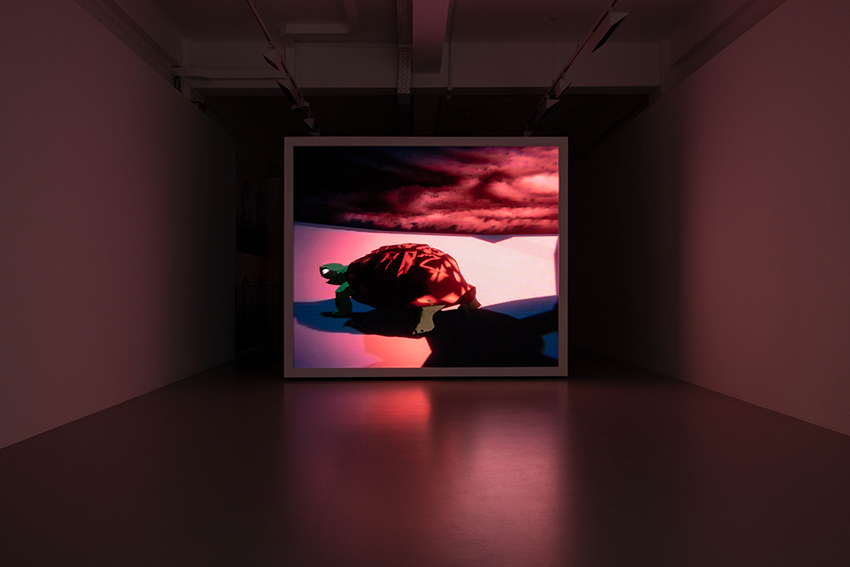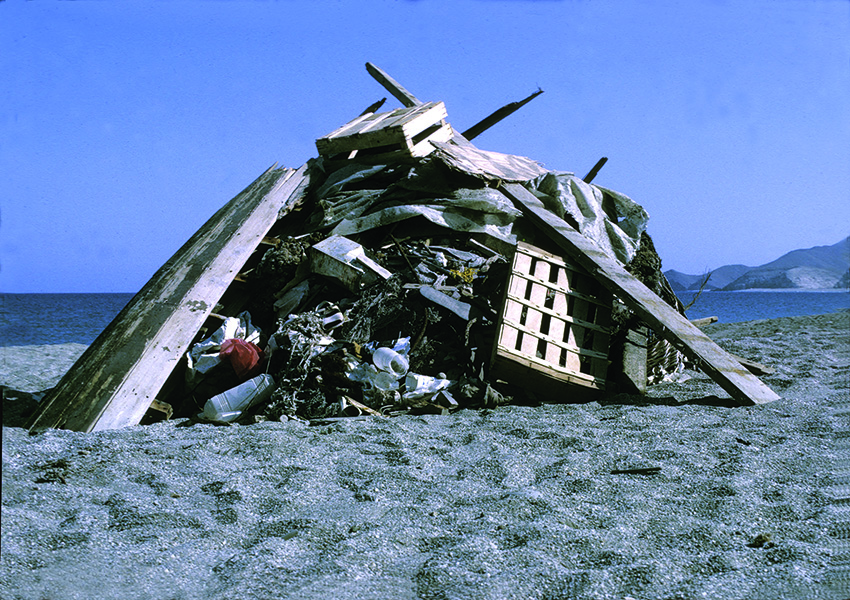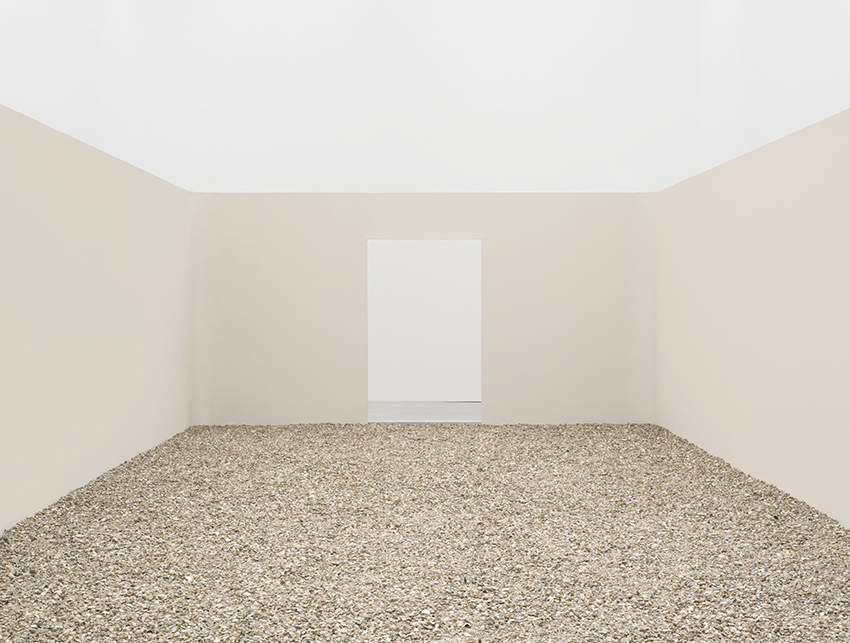OUR ECOLOGY: TOWARD A PLANETARY LIVING
HAPPENINGText: Alma Reyes
Over the years, the subject of environmental protection and climate change has been a perennially sensitive and controversial issue in the platforms of education, economy, science, government and politics. Our earth’s population has inflated to about eight billion at present, consequently multiplying the amount of anthropogenic mass (concrete, plastic, steel, glass, asphalt, brick, metal, and others), which have blanketed our biosphere horrifyingly. Experts claim their enormous numbers double roughly every twenty years, surpassing the quantity of animals, trees, microorganisms, and all living things, including humans. Numerous organizations have initiated active programs as an impelling outcry against such excessive waste, corruption of natural resources, and neglect of nature conservation. Indeed, the urgency to address this dilemma has gone beyond imperative.

Ian Cheng, Thousand Lives, 2023, Courtesy: Pilar Corrias, London; Gladstone Gallery, New York, Installation View: Ian Cheng: THOUSAND LIVES, Pilar Corrias, London, 2023, Photo: Andrea Rossetti
This theme is confronted in Mori Art Museum 20th Anniversary Exhibition, Our Ecology: Toward a Planetary Living, currently ongoing at the Mori Art Museum until March 31, 2024. Approximately 100 works of photographs, sculptures, paintings, prints, textile, videos and installations by 34 artists from 16 countries undertake the laborious but meaningful challenge to project an extensive awareness of crises in our habitats, and examine the future framework of our ecosystem. The outline is summarized into four chapters, covering the ecological cycle, harmful effects of pollution, exploitation of human resources, and future technologies that heal or further corrode changing human conditions.

Hans Haacke, Monument to Beach Pollution (detail from Untitled, 1968-1972/2019), 1970, Courtesy: Paula Cooper Gallery, New York © Hans Haacke/Artists Rights Society (ARS), New York
The first chapter, All Is Connected, illustrates works that define the connection of ecology with economy, social life, daily routine, and the continuous circulation of tangible and intangible matter: animals, plants, microorganisms, products, data, waste, and other elements. German artist Hans Haacke, a leader in kinetic, environmental, and conceptual art, displays a series of photographs that include Monument to Beach Pollution (1970), a temporary sculpture of consumer debris Haacke himself collected along the coastal town of Carboneras, Spain. The image proves the kilometers-wide patches of garbage that can be found in the oceans.

Nina Canell, Muscle Memory (7 Tons), 2022, Installation view: Tectonic Tender, Berlinische Galerie Museum of Modern Art, Berlin, Photo: Nick Ash
A wonderful installation of a bed of five tons of seashells, Muscle Memory (5 tonnes) (2023), by Nina Canell from Sweden, invites visitors to walk on them, as the shells eventually crush into powder, and emit sounds of breakage. In the display, the scallop shells were taken from Hokkaido where over 200,000 tons of shells are discarded yearly. Reusing the shells for building materials denotes cleaning and firing processes, which elusively consume energy derived from heavy oil.
Read more ...





